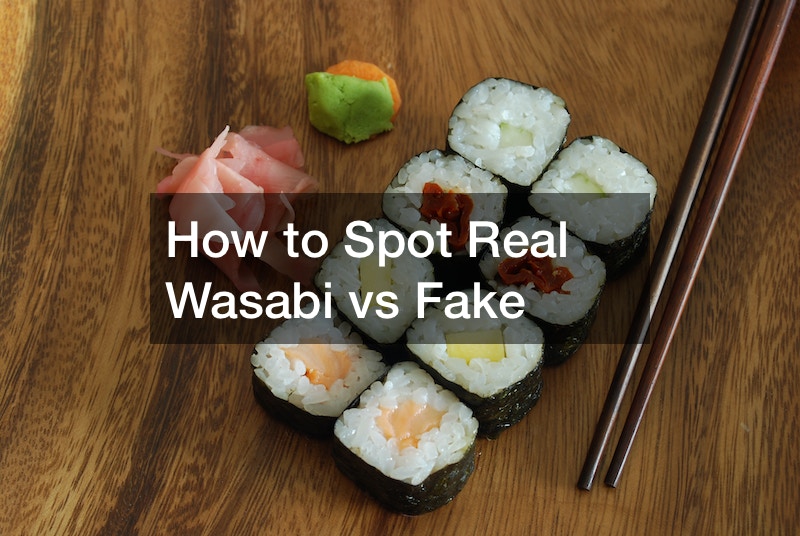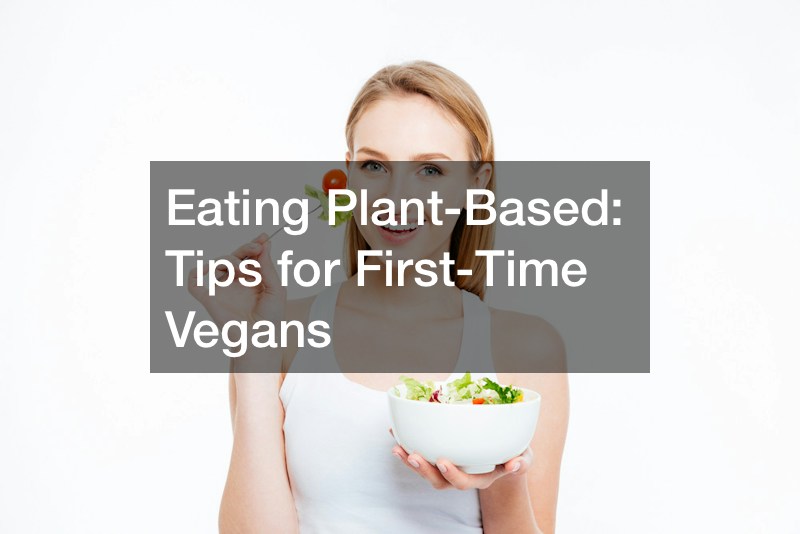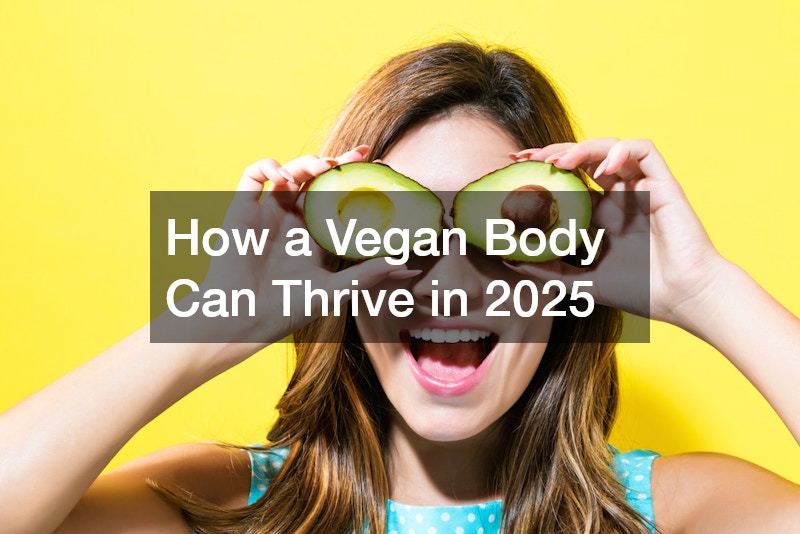In this YouTube video “Fake Wasabi vs. Real Wasabi,” viewers are taken on a journey behind the scenes of sushi restaurants, discovering that the wasabi gracing their plates may not be what it seems. The revelation unfolds that most wasabi is an impostor, masquerading under the guise of horseradish, mustard, green food coloring, or even spinach juice. The genuine article, real wasabi, is a rare and demanding crop, accompanied by a hefty price tag of approximately $160 per kilogram.
As the speaker delves into the intricacies of this culinary deception, the audience learns that the substitutes of horseradish and mustard, might mimic the sensory experience, but only genuine wasabi, when grated or shredded, releases the coveted health benefits encapsulated in isocyanates.
These compounds wield formidable properties, boasting anti-cancer, antimicrobial, and anti-inflammatory attributes.
Beyond the pungency and spiciness that can set the sinuses ablaze, the video unfolds the myriad health benefits hidden within real wasabi. From its potential anti-cancer prowess to offering cardiovascular and respiratory support, the authentic wasabi emerges not just as a culinary delight but a source of holistic well-being.
Before bidding adieu, the speaker leaves the audience with a tantalizing teaser—an invitation to a free course, “How to Bulletproof Your Immune System.” Here, the focus shifts to fortifying the body’s defenses, transcending the mere avoidance of health risks. It’s not just about savoring sushi and real wasabi vs fake; it’s about savoring life with an informed and health-conscious palate.




